Do you think your WordPress website is complete? Did developers build you a WordPress website and do you think that you are good to go? You couldn’t be more work. WordPress sites are never finished. Let’s explore why your WordPress site is never finished.
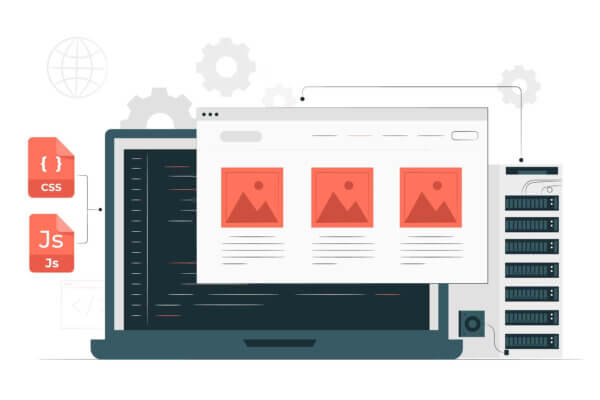
Many website owners believe that their site is complete once development ends. On the contrary, your WordPress site is never finished. Just like with a car or a home, there is always something that needs to be done on your WordPress website. Let’s explore the different things that keep your WordPress website from ever being truly complete.
WordPress sites age not like a fine wine
So there are things that age like a fine wine, unfortunately, your WordPress site is not one of them. WordPress site owners should be constantly doing things to improve their site and keep it running smoothly. Moreover, they should be implementing strategies to keep their website trendy.
Something that can help keep your WordPress website up to date is 👉 WordPress support services 👈. A WordPress maintenance plan can help you keep up with changes and help prevent poor aging. Moreover, it can help you implement new features.
Why your WordPress website site is never finished?
There are numerous reasons why your WordPress site is never finished. Some of these include:
- Website design trends are evolving & changing
- Website visitors are expecting sometime different
- Search engine optimization is an ongoing process
- Website maintenance such as updating WordPress & WordPress plugins
- Your brand changes & growth should be reflected on your site
- Use the Lego blocks to improve your WordPress website
And so much more. Let’s explore all these points below.
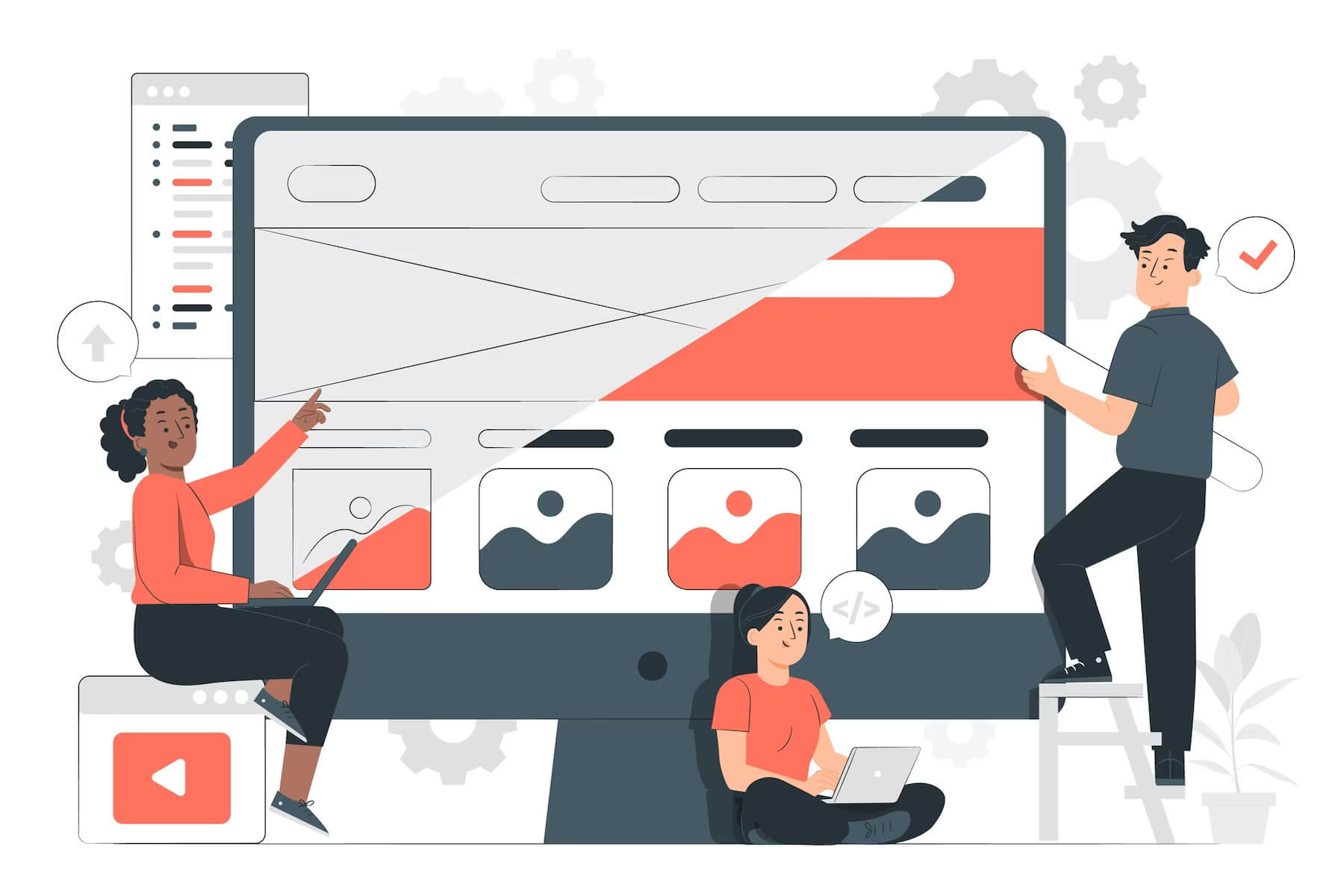
Website design trends are constantly changing
Web design trends are changing as technology evolves. More 👉 UX features 👈 are possible to make your site more interesting. Redesigning your website can be a good investment to help you stand out among competitors.
Some popular website design trends include:
1. Mobile-First Design: With the increasing usage of mobile devices, designing websites that are optimized for mobile viewing is crucial. The responsive and 👉 mobile-first design 👈 ensures that websites look and function well on smartphones and tablets.
2. Minimalism: Minimalistic designs with clean layouts, ample white space, and focused content have gained popularity. Such designs emphasize simplicity, readability, and easy navigation.
3. Bold Typography: Using large, eye-catching typography. This can make a significant impact on the overall design. Unique fonts and typography choices can help establish brand identity and convey a specific mood or message.
4. Asymmetric Layouts: Breaking away from traditional grid-based designs, asymmetric layouts provide a more dynamic and visually engaging experience. They often feature overlapping elements, irregular shapes, and asymmetrical balance.
5. Micro-Interactions: Adding subtle animations, hover effects, and micro-interactions can enhance user engagement. These elements provide a more interactive experience. These small details can make the website feel more alive and responsive.
6. Custom Illustrations and Icons: Unique and personalized illustrations and icons are increasingly used to create a distinctive visual style and convey brand personality. Custom graphics can add a touch of creativity and originality to a website.
7. Parallax Scrolling: Parallax scrolling creates a sense of depth and movement. It does so by moving different website elements at different speeds. It can add a visually engaging and interactive element to the browsing experience.
These are just some trends that you could try when you are designing or redesigning your WordPress site.
Web users are changing their expectations
Your WordPress website is never complete because website visitors are constantly changing their expectations. What a customer expected from a website 2 years ago, 5 years ago, or 10 years ago is definitely not what they would expect now.
The number of smartphone users worldwide according to InsiderIntelligence.com has surpassed 1.75 billion. This promotes the mobile-first design movement, where websites are first built vertically and for small screens. Only then after are they designed horizontally and for larger screens.
Moreover, we see more and more that consumers don’t want to waste time on websites. They want websites to load quickly. Also, consumers want pages that are easy to navigate. If you are running an eCommerce shop then the checkout process should run smoothly and ideally buying a product shouldn’t take more than 5 steps. If you are looking to ensure a smooth checkout process 99.999 percent of the time, you should consider 👉 eCommerce online shop support services 👈. Acclaim developers manually test out and run automation testing to ensure transaction stability for your store.
Lastly, consumers don’t necessarily want a website that is short on content. They want to be informed about your product or service. Customers don’t want to have to contact you right away because you are lacking information about your company on your site. They want long-form content to be able to read up on you. This also makes you more trustworthy and reputable.
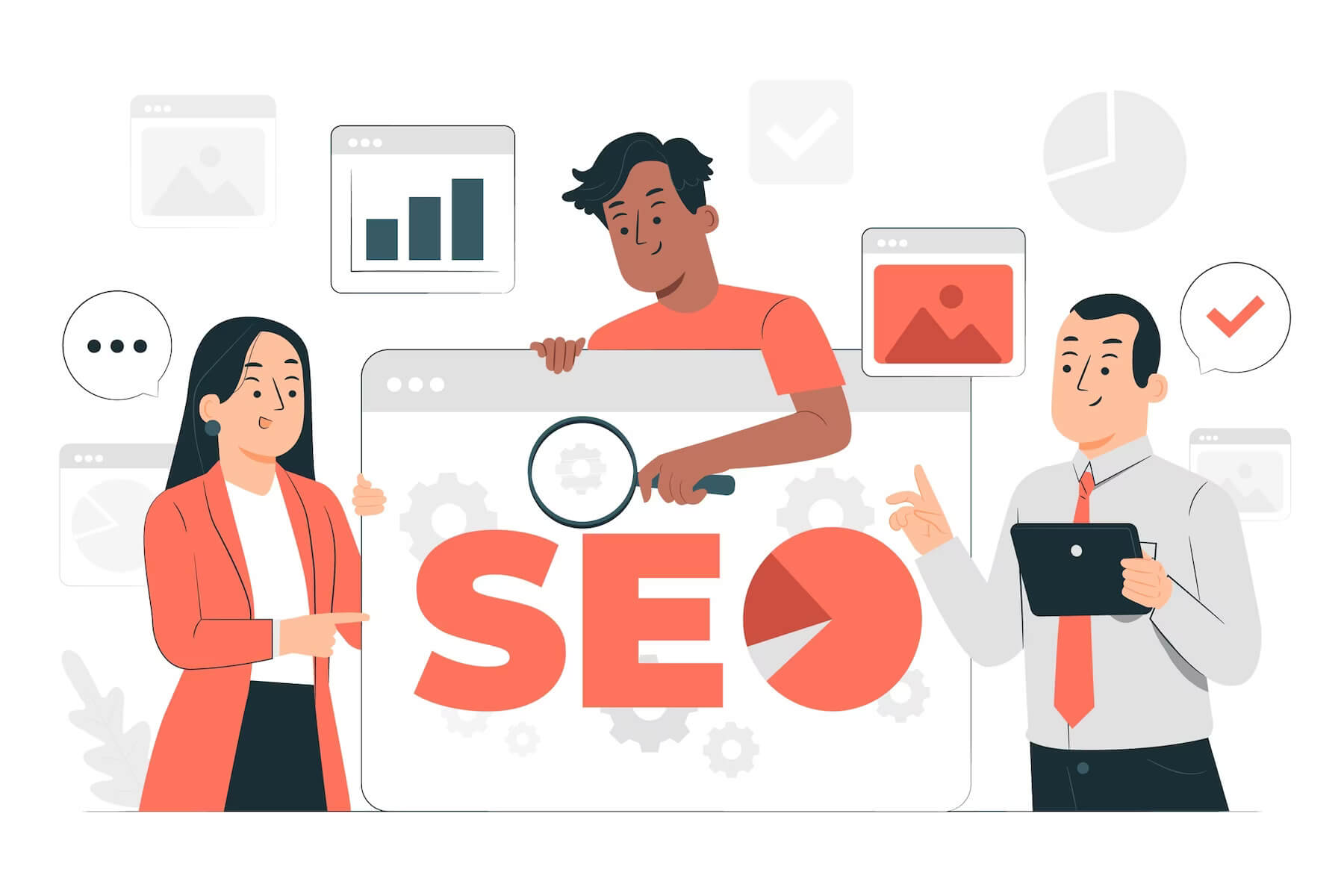
Search engine optimization is king 👑
Another reason why your WordPress website is not finished is that search engine optimization is an ongoing process. Google updates its algorithms on a regular basis. Therefore if you want your site to rank high on search engines and make you money, you need to keep up with SEO demands.
There are some SEO basics that every website owner should be aware of, this includes speed optimization and website performance optimization. Some others that you should know:
1. Quality Content:
Create valuable, informative, and engaging content that is relevant to your target audience. Use relevant keywords naturally within your content to help search engines understand what your page is about.
2. Keyword Research:
Conduct keyword research to identify the terms and phrases your target audience is using to search for information related to your website. Use tools like Google Keyword Planner or SEMrush to discover relevant keywords.
3. On-Page Optimization:
Optimize your web pages for search engines. This includes optimizing page titles, meta descriptions, headings (H1, H2, etc.), and URLs. Incorporate relevant keywords into these elements but ensure they appear natural and compelling to users.
4. Permalinks:
Use search engine-friendly URLs, also known as permalinks, that contain relevant keywords. In WordPress, you can set your permalink structure under the “Settings” > “Permalinks” menu.
5. XML Sitemap:
Create an XML sitemap to help search engines understand the structure of your website and index your pages more effectively. There are various plugins available for WordPress, such as Yoast SEO or Google XML Sitemaps, which can generate a sitemap for you.
6. Internal Linking:
Link relevant pages within your website to each other using descriptive anchor text. Internal linking helps search engines discover and understand the structure of your site, improves user navigation, and distributes link authority throughout your pages.
7. External Linking:
Include outbound links to high-quality and authoritative websites when relevant. This can help search engines establish the context of your content and enhance its credibility.
8. User Experience (UX):
Focus on creating a positive user experience. Ensure your website is easy to navigate, visually appealing, and provides a seamless browsing experience across different devices. High-quality UX can lead to longer user sessions and lower bounce rates, which can positively impact your search engine rankings.
9. Analytics and Monitoring:
Install Google Analytics or other website analytics tools to track your website’s performance, including traffic sources, user behavior, and conversion rates. Regularly monitor your site’s performance to identify areas for improvement and measure the impact of your SEO efforts.
Do you want to check the health of your website?

When you continuously learn and adapt your strategies to improve your WordPress site’s visibility and organic traffic over time.
The WordPress core & WordPress plugins are constantly changing
Your WordPress core & WordPress plugins need constant updating to run smoothly. By not running updates you increase security risks and the slow breakdown of your site. Also, you won’t gain any new features that many of these updates offer.
WordPress will release new updates every week or every two weeks. These updates are mainly to patch up any security holes that were found in the previous version. This way your site is more secure. Also, these updates will change elements in your WordPress dashboard and provide new features. For example, you may have a new content editor at your disposal thanks to a WordPress core update.
Plugin updates are also important in terms of security and new features. But also to ensure that they remain compatible with your WordPress website. After updating each plugin it is important to make sure that everything still functions properly on your site.
Also, it’s important to create a backup before running any updates just in case something breaks on your site. And you can do yourself one better and hire professional WordPress developers to run support on your site. There are many 👉 benefits of using WordPress maintenance services 👈 as opposed to trying to do everything on your own.
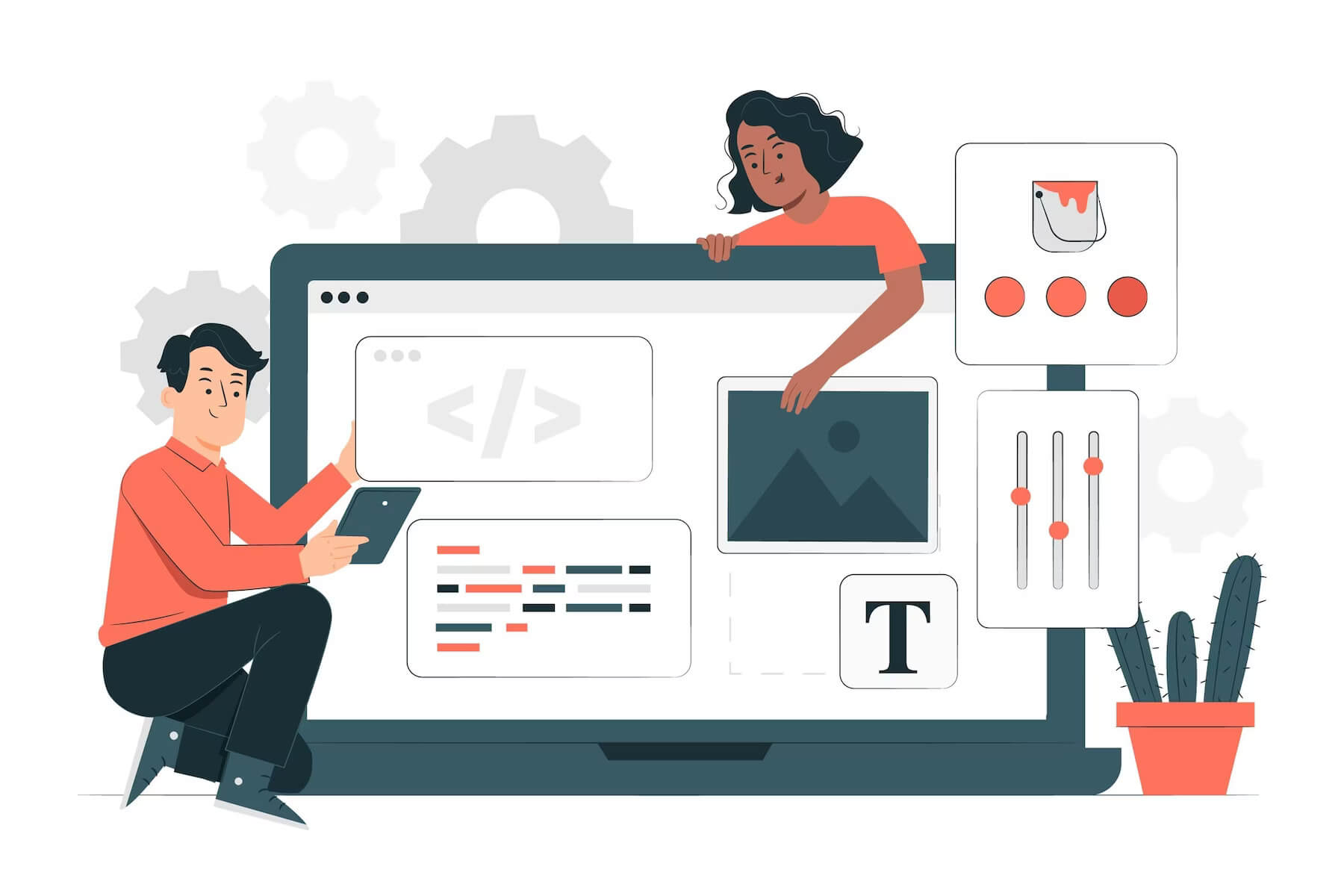
Your WordPress site theme needs to match your brand
Matching the WordPress site theme with the company brand is essential for several reasons:
1. Consistent Branding
The visual elements of a website, including its theme, play a crucial role in establishing and maintaining a consistent brand identity. Consistency is key to building brand recognition. Moreover, it creates a memorable experience for visitors. By aligning the WordPress site theme with the company brand, you ensure that the website reflects the same visual style, color scheme, and typography.
2. Professionalism and Trust
A cohesive and well-designed website conveys professionalism. It also instills trust in visitors. When the WordPress theme harmonizes with the company brand, it signals that the website is an official representation of the brand and its values. Consistency in branding enhances credibility. It assures users that they are engaging with a reliable and reputable organization.
3. User Experience
The theme of a WordPress site affects the overall user experience. When the theme aligns with the company brand, it provides users with a familiar and intuitive experience. They can quickly associate the website’s look and feel with the brand, making navigation and interaction more seamless. Moreover, a well-designed theme enhances usability, readability, and accessibility, contributing to a positive user experience.
4. Brand Differentiation
In a competitive online landscape, standing out and differentiating your brand is crucial. A customized WordPress theme that reflects the company brand helps create a unique and memorable online presence.
It allows you to showcase your brand’s personality, values, and distinctive features. By incorporating brand-specific elements, such as logos, brand colors, and imagery, the WordPress site becomes instantly recognizable. Moreover, it helps in setting it apart from generic or unrelated websites.
5. Marketing and Brand Promotion
A WordPress site often serves as a marketing tool. It provides information about products, services, and the brand itself. When the site theme matches the company brand, it reinforces the marketing messages and campaigns across different channels. The cohesive visual identity strengthens brand recall. Moreover, it promotes brand awareness.
It also facilitates the integration of various marketing efforts. Marketing efforts such as social media campaigns, email marketing, and offline advertising. This is because it is all presenting a consistent brand experience.
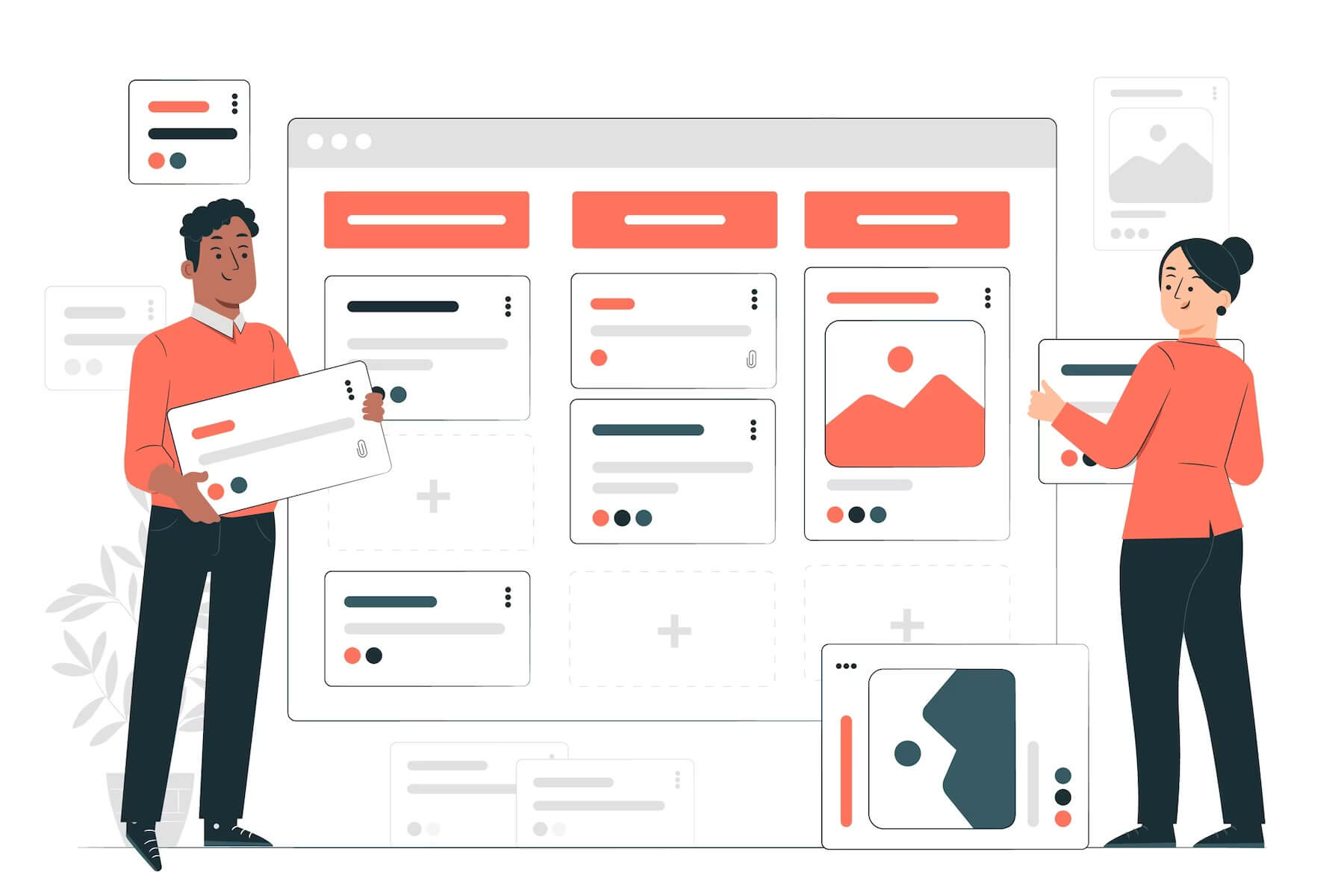
WordPress websites are like Lego blocks
Some make the argument that all WordPress sites look the same. The truth is WordPress is like Lego blocks, it can be used in many configurations to create a unique website. Moreover, each new WordPress version has new blocks, features, etc, that you can use to update your site. You are able to modify your website to keep it new for your website visitors and stay ahead of the curve.
Editor Tools in the WordPress admin panel
The newest 👉 upgrade of WordPress 👈 has the Gutenberg editor that you can access in the WordPress dashboard. This content editor makes adding text, images, videos, etc. easy even for non-technical users. This allows you to provide new content to your website visitors on an ongoing basis.

TL;DR: Summary of why your WordPress is never truly complete
Despite what you may think, your WordPress site is never finished, not truly. There is always something that needs to be done. Some key things that will leave your site never truly complete include:
- Website design trends are evolving & changing
- Website visitors are expecting sometime different
- Search engine optimization is an ongoing process
- Website maintenance such as updating WordPress & WordPress plugins
- Your brand changes & growth should be reflected on your site
- Use the Lego blocks to improve your WordPress website
Want to learn more about your incomplete WordPress site? Or perhaps you want some help completing these never-ending tasks? 👉 Drop us a line 👈, and let’s chat. We can have a no-obligation free chat about the needs of your WordPress site.
Comments